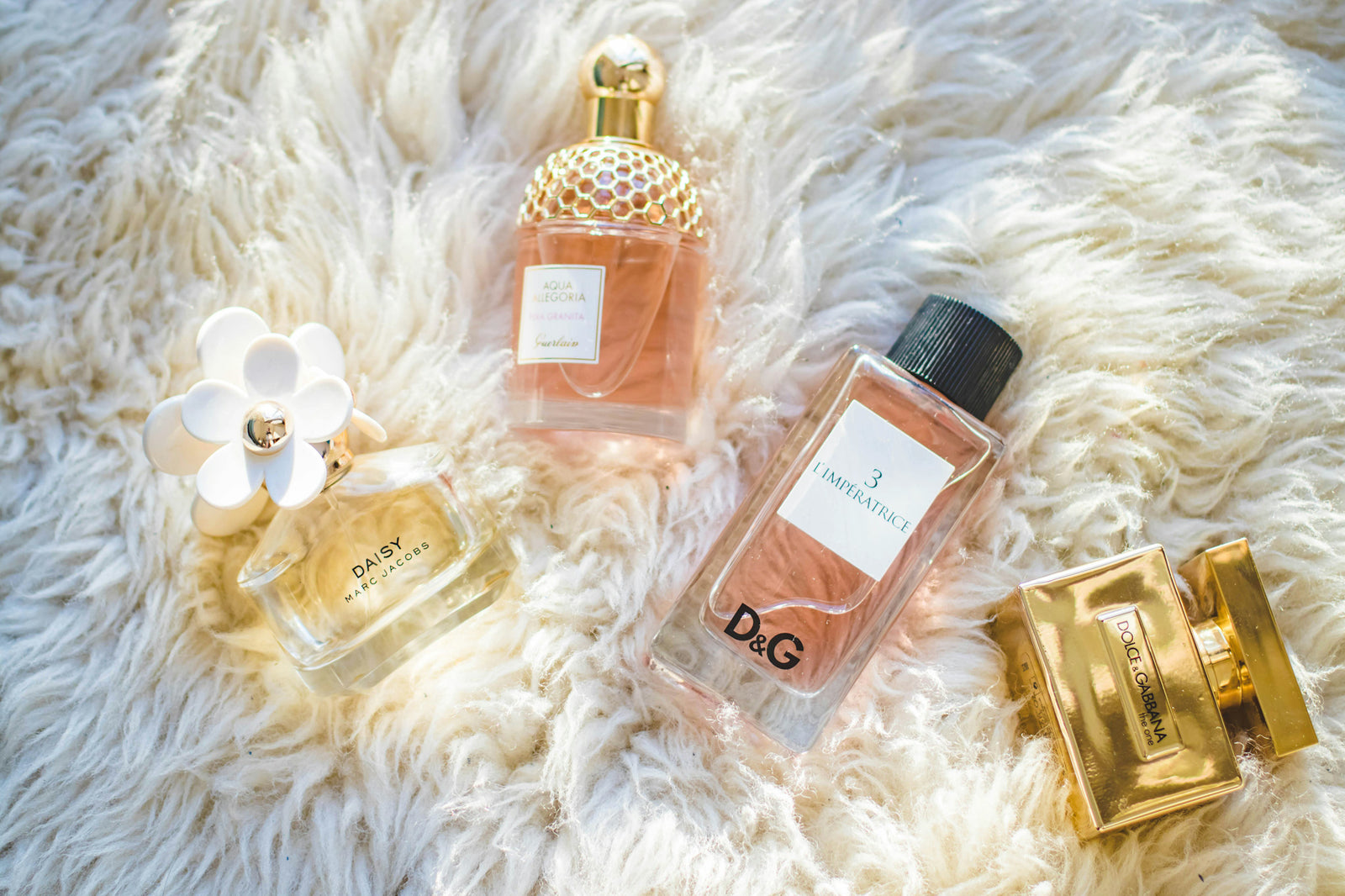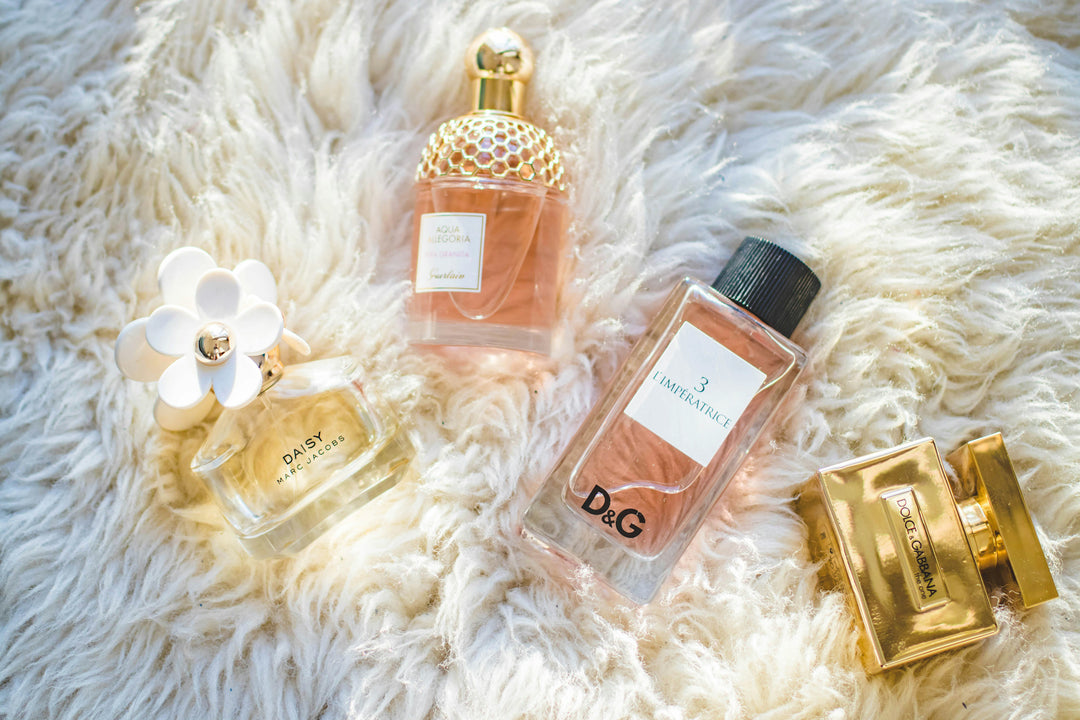Is Fragrance Bad For You?

If you’ve ever been to a dermatologist, they will most likely tell you to use fragrance-free products. And it’s no wonder: fragrance has been documented to be one of the biggest (if not the biggest) culprit for skin irritation, reactions, and the growth in skin sensitivity.
But the answer isn’t that simple. It may just lie in how the industry has been formulating them.
Fragrance has long been a catch-all term that masks a complex formulation of scent constituents. In fact, it is common for a single fragrance to contain 20-30 ingredients. Some fragrances, believe it or not, can even contain hundreds of individual ingredients. And because fragrances are considered trade secrets in the United States, manufacturers have only been required to list it as “fragrance” on the ingredient list of a formula.
Until now.
By the end of 2024, manufacturers will now be required to disclose the presence of fragrance allergens in a product. Fragrance allergens? What are those? Well, they may be the key culprit behind the issues caused by fragrance over the years.
The allergens in a lot of fragrances can sometimes provide greater flexibility in synthesizing certain scents, which is why manufacturers like to use them. And because fragrance has developed such a bad reputation, there was zero incentive for manufacturers to focus on populations with sensitivities, because the assumption was that these consumers would remove themselves from the market.
Natural, Synthetic, or Clean?
This was exacerbated by the natural and clean movements, which demonized synthetic ingredients, when in fact, many natural ingredients can be more problematic for skin. Take essential oils for example. The clean movement urged people to avoid synthetic fragrance in favor of natural fragrance elements like essential oils. But did you know that essential oils can be extremely allergenic? Just because they are “pure” and derived from plants doesn’t mean they are free from allergens. In fact, like any fragrance, the natural essential oil is composed also of hundreds of compounds, many of which are the fragrance allergens. Contrary to popular opinion, lavender oil and tea tree oil are among those that contain allergens.
Does that mean synthetic fragrances are better? That’s also not a simple answer. There is a lot of truth to why synthetic fragrance has been thought to be bad for you; many historically have contained problematic ingredients like preservatives and phthalates.
So what about “clean” fragrance? Well, just because a fragrance is clean doesn’t mean it is allergen-free. There is no universal definition of “clean” so it is largely up to each manufacturer to define it for themselves. Typically, brands mean that the fragrances are paraben-free and phthalate-free. But again, you can be paraben-free and phthalate-free and still contain allergens.
So What Are Allergens?
There are 26 compounds designated in the EU (European Union) that are identified as the fragrance allergens. The EU has some of the strictest personal standards in the world. As part of EU regulation, manufacturers are required to disclose the presence of fragrance allergens. This has not only encouraged greater responsibility and accountability on the manufacturer’s part, but also enables people with fragrance sensitivities to choose into the market should they so desire.
The issue then becomes availability. Disclosure of allergens and transparency is one thing, but it doesn’t do much good if all the fragrances on the market still contain them.
Enter Havyn. We are excited to be the first premium, clean, fully EU-allergen free fragrance brand. You can trust that every fragrance we create has been carefully formulated to be suitable for all skin types, even those with sensitivities to fragrance. Because we are on a mission to make fragrance inclusive, so everyone can enjoy the benefits of fragrance.







Leave a comment